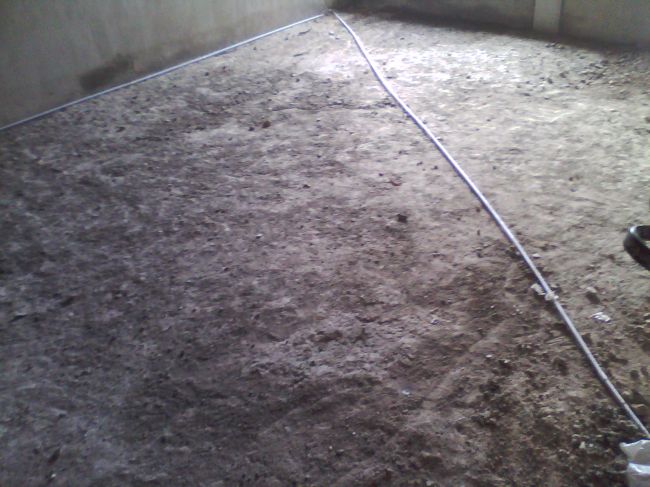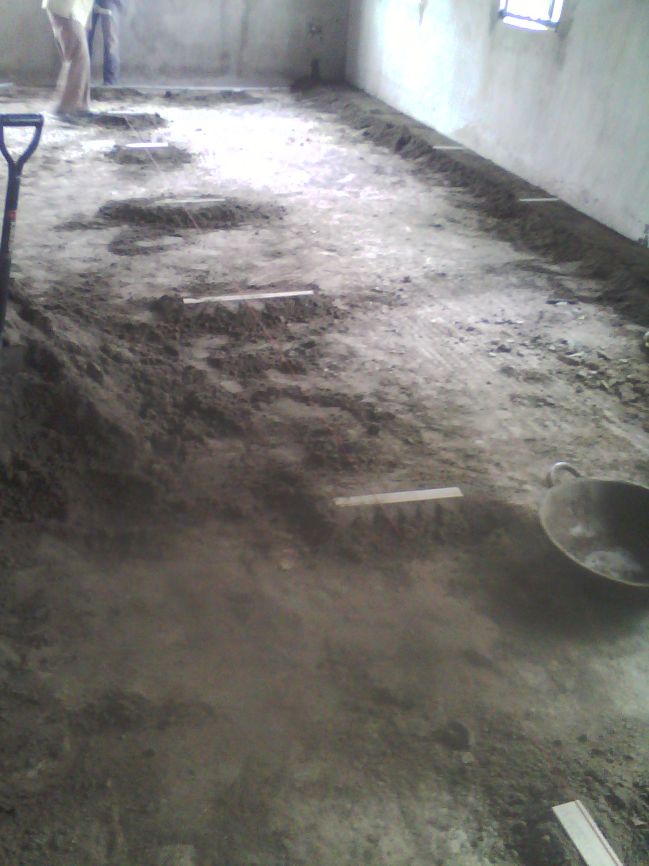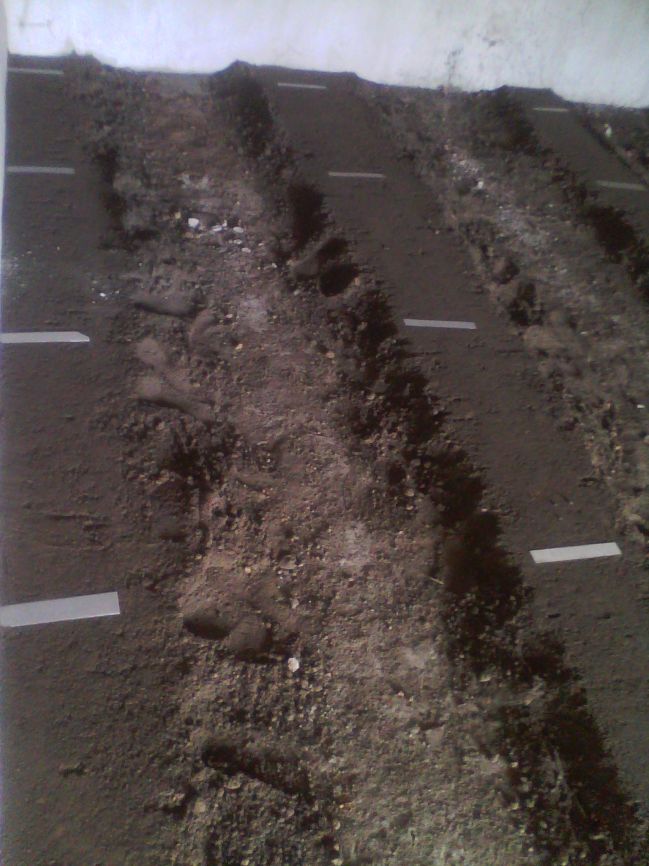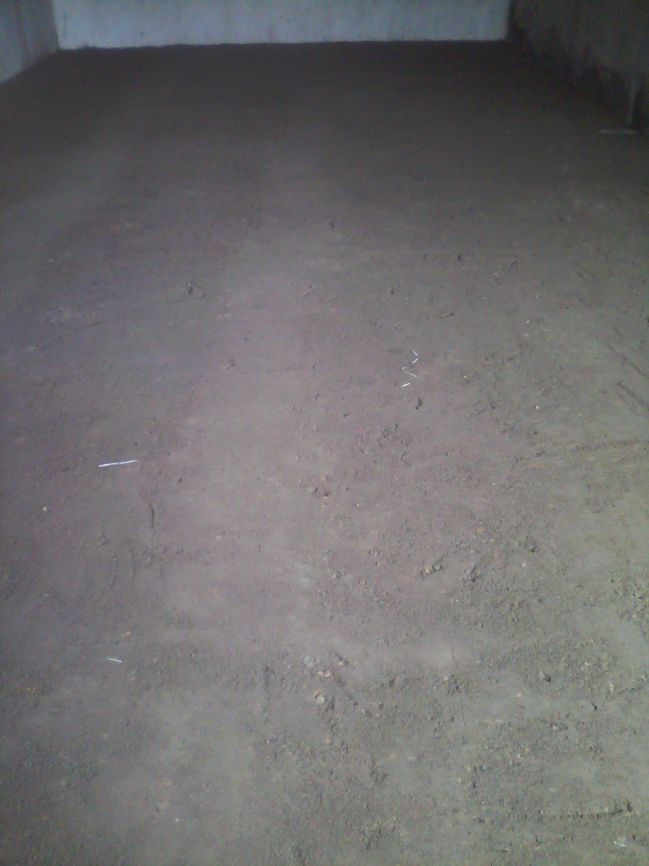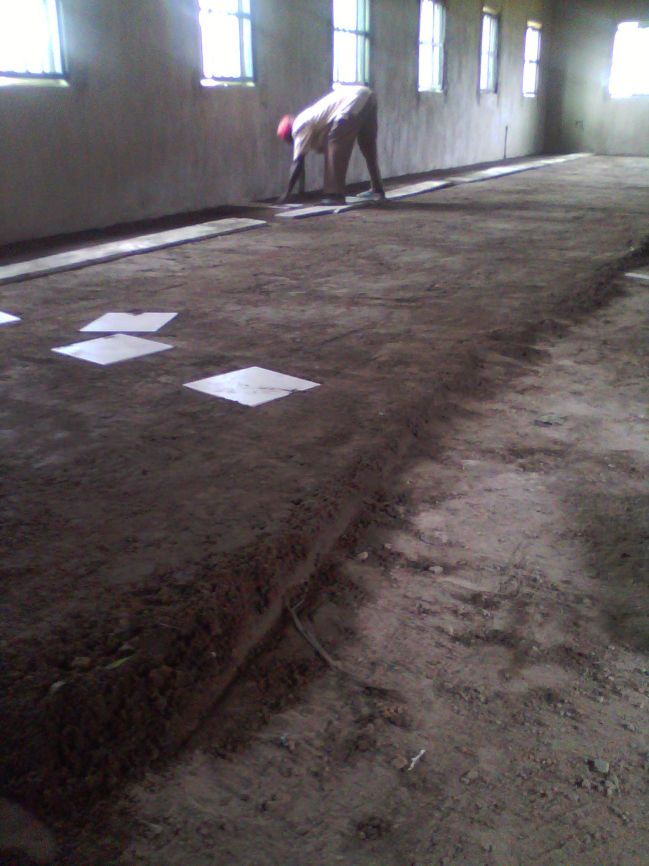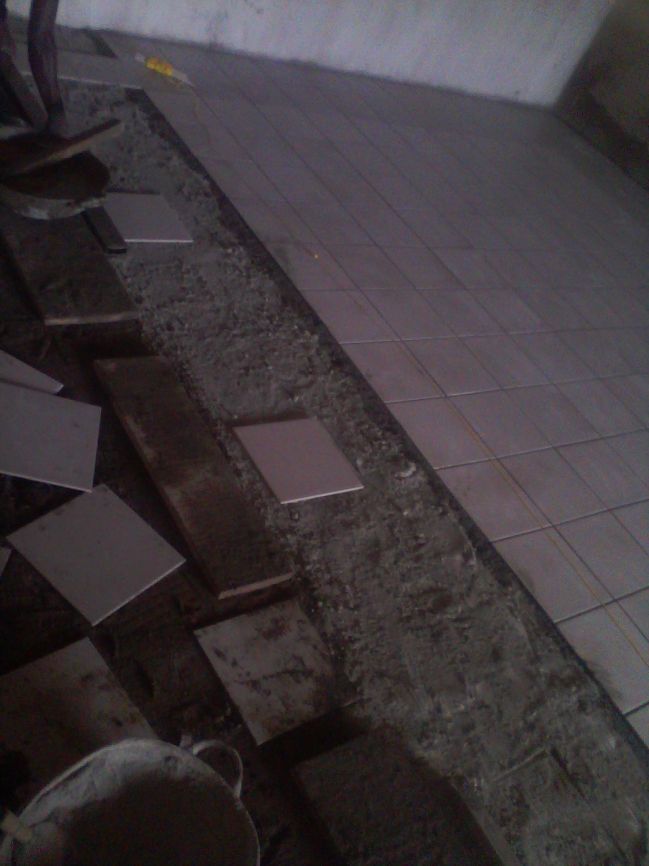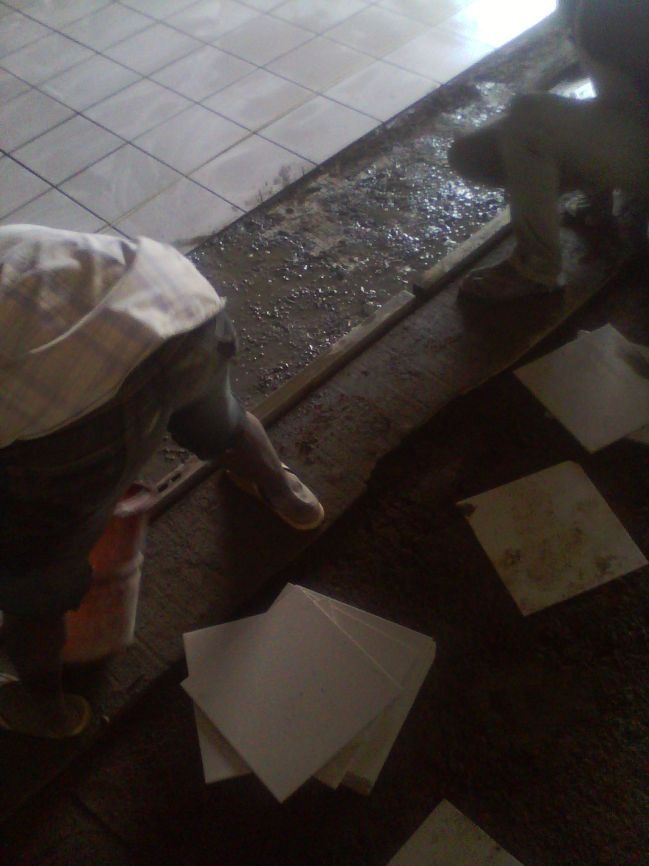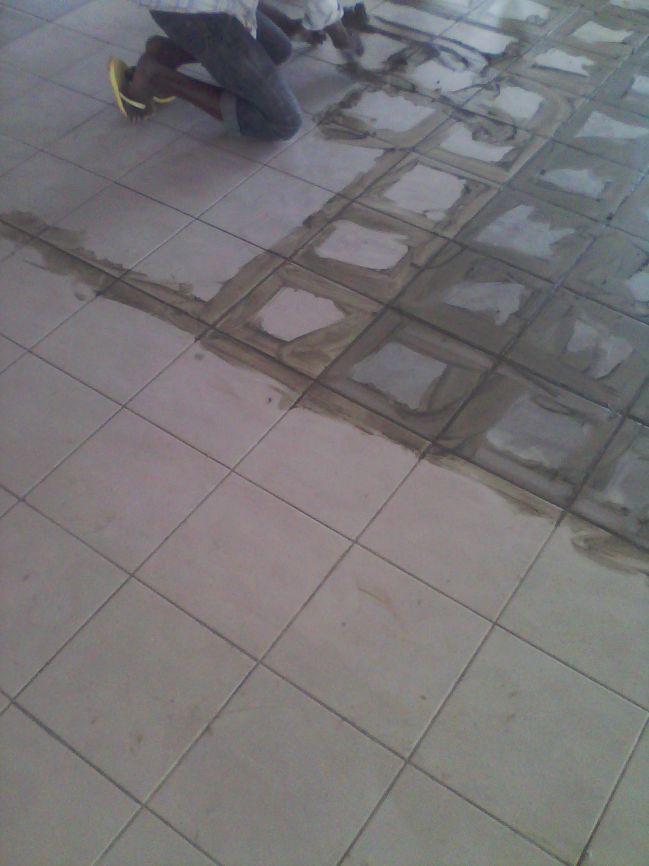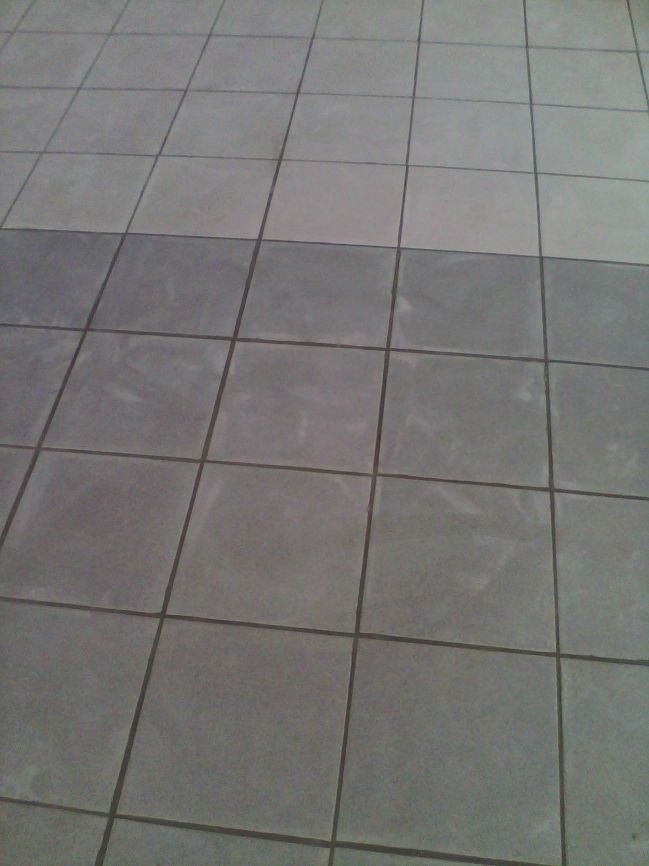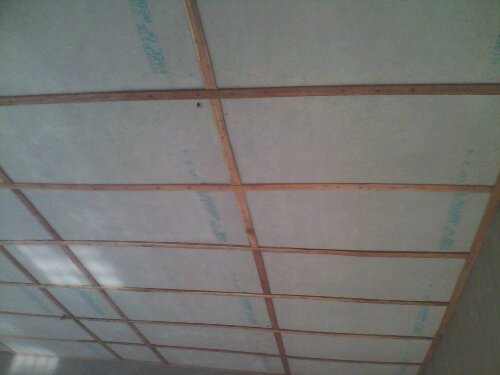-
1. Artisans will give their opinions, listen to them but never let them decide for you.
2. If you ever take an artisan’s opinion, don’t make it obvious or credit him to his face directly. Otherwise, he would take a wrong decision on your work in your absence thinking you’ve got his back.
3. Some are adamant, they don’t take to instructions because they think they know too much to be directed. Deal with them!
4. Irrelevant intimacy with artisans makes them forget there is a very big ocean between an engineer and an artisan.
5. Try as much as possible not to owe your workers especially the artisans, you lose your respect and command.
6. Get angry when things aren’t right on site, shake the ground and send the venom down their spines. Yes, you’re in charge! If anything goes wrong, you would be held responsible.
7. Give incentives when necessary, artisans are humans like you. Remember, Agent + Incentive = Principal. That is, if you want them to double up their work rate and put in more dedication, give incentives!
8. Let them understand your scale, rate and method of payment. Otherwise, there would be unwarranted argument at the end of the day.
9. Show them and make them feel your mental strength. Imitate the legacies of the likes of F. W. Taylor, Henri Fayol, Elton Mayo and other notable icons of construction management.
10. If you ever have to praise one of them, never do it to intimidate the others but to motivate them to act likewise.
11. Sometimes, you can pay for their lunch. This does not only appreciates them but further strengthen your hold on them. It also helps to increase work rate afterwards.
12. Remember Rule 3, after a couple of warnings and corrections, do not hesitate to lay off adamant and redundant artisans.
… spent just two months on site and I can say a dozen lines on engineer – artisan relationship…
“docendo discitur”: It is learned by teaching.
